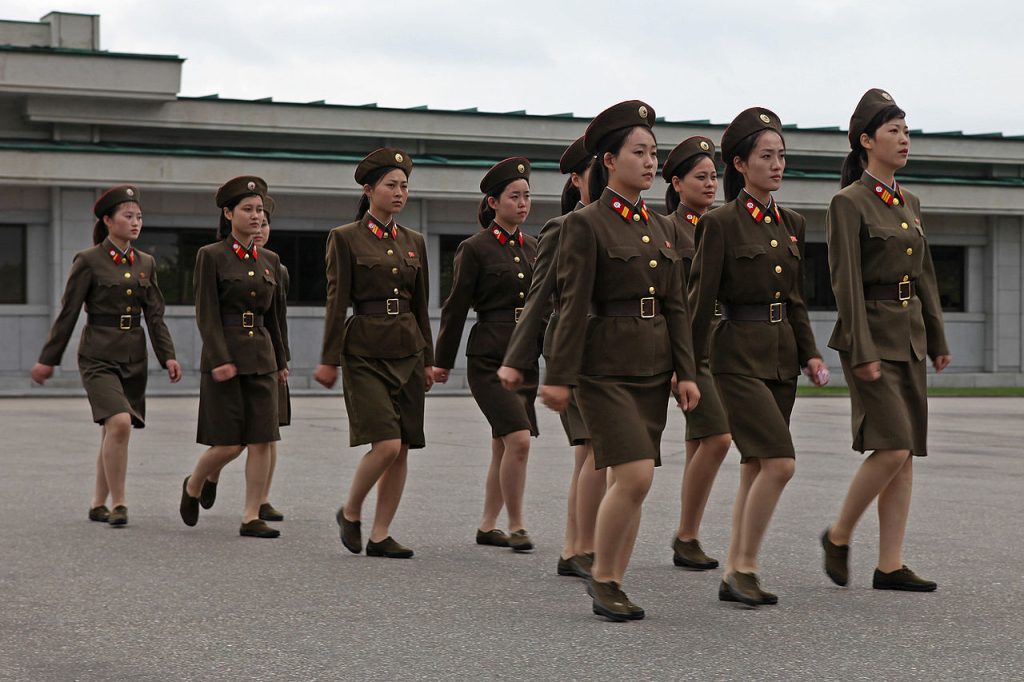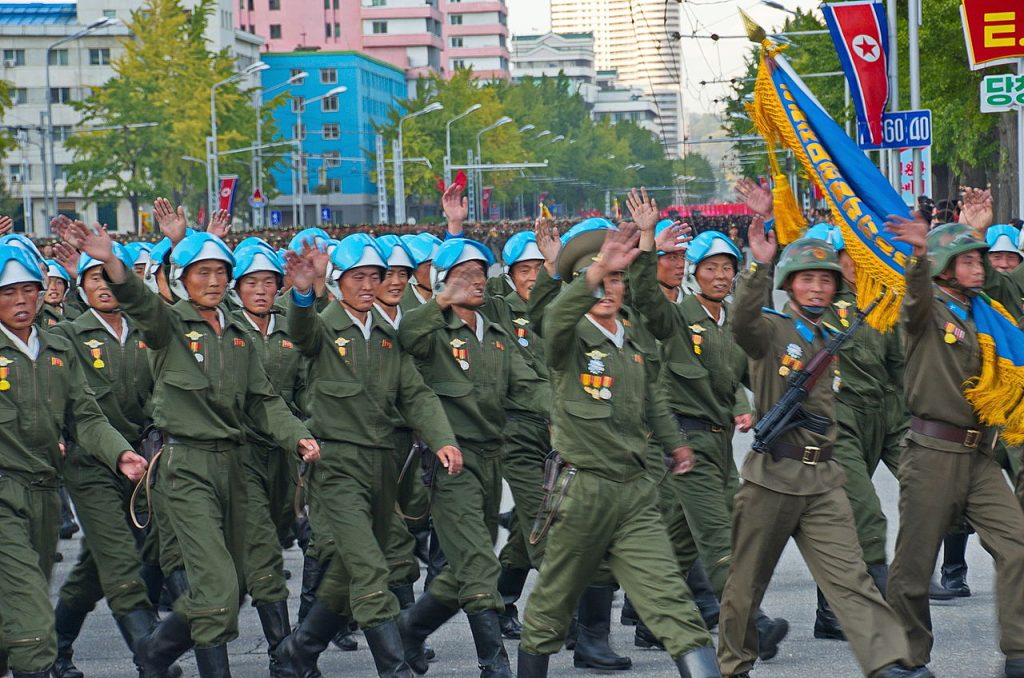
North Korea’s military might often conjure images of ballistic missile parades and nuclear brinkmanship. Yet, beneath the shadow of these strategic weapons lies an equally formidable aspect of Pyongyang’s warfighting capabilities: its Special Forces. With a reported strength of 200,000 highly trained soldiers, North Korea’s Special Forces stand as a cornerstone in the Korean People’s Army (KPA) for asymmetrical warfare strategies.

Despite commanding one of the largest armies in the world, the KPA is largely equipped with dated, Soviet-era military hardware. This significant disparity in quality when compared to the modernized forces of adversaries such as the United States and South Korea has led North Korea to enhance its asymmetrical warfare capability through its Special Forces.

These elite units are structured for maximum efficiency in various combat roles.KPA special forces have five primary missions: “conducting reconnaissance, performing combat operations in conjunction with conventional operations, establishing a second front in South Korea’s rear areas, countering ROK/US special operations forces in North Korea’s rear, and maintaining internal security.”

In the event of renewed conflict on the Korean Peninsula, it is anticipated that the KPA would utilize its Special Forces to target crucial military infrastructure deep within South Korea. Their goals would probably involve seizing and destroying airfields, naval bases, port facilities, and supply depots. These units are also skilled at impeding the arrival of reinforcements and supplies to ROK and US forces, thus increasing their strategic importance in a potential war scenario. Alarmingly, this includes the deployment of weapons of mass destruction (WMDs).

The international community is still very concerned about the possibility of North Korea using these forces to deploy WMDs, especially if the regime sees an existential threat. The capability to work in civilian clothing or in enemy forces’ uniforms, frequently in small, guerrilla-style teams, adds a level of stealth to their operations. Equipped with top-notch gear, these Special Forces units could inflict significant damage on enemies before a comprehensive countermeasure could be adequately implemented.

The secrecy surrounding North Korea’s military operations obscures the exact scale and scope of their Special Forces’ capabilities. Their historical roots can be traced back to the 1960s during the “Quiet War” period when they carried out effective cross-border raids into South Korea.
related images you might be interested.









